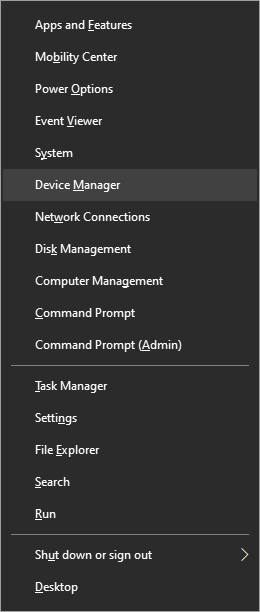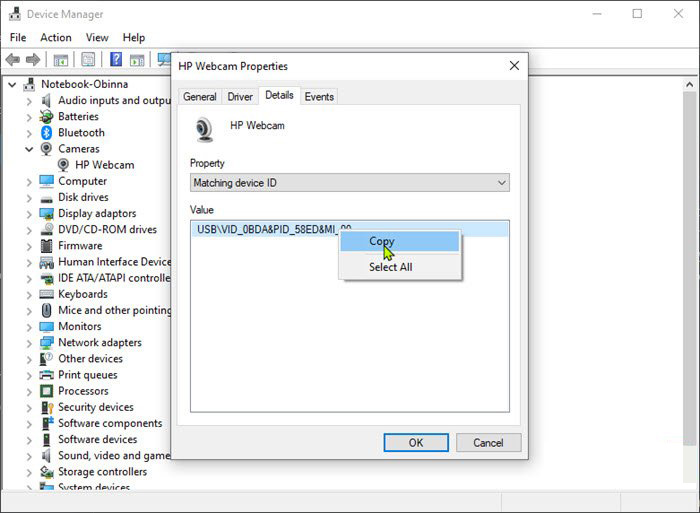A quick guide to resolving Error 1713
Error 1713 - What is it?
If you use Microsoft-developed programs, then you might experience this error code on your PC. It indicates programming limitations. This error, Error 1713 may pop up during the installation of 2007 or 2010 Microsoft Office Suite. The error message appears in the format stated below:
“Error 1713: Microsoft Office has encountered a problem and needs to close. We are sorry for the inconvenience.”
Common symptoms for error 1713 include system crashes, system freeze and sometimes you may feel your Windows running sluggishly.
Solution
 Error Causes
Error Causes
Error 1713 may be triggered due to many reasons. However, common causes for this error occurrence include:
- Corrupt Microsoft Office Software
- Corrupt Windows Registry
- Malware
- Deleted Microsoft Office Related Files
Further Information and Manual Repair
No matter, what the cause of this error is, it is advisable to resolve it immediately without any delays. This error may pose serious threats to your PC is not repaired timely and also cause you a great deal of inconvenience limiting you from using Microsoft software programs.
Here are some of the best and easy DIY methods that you can try to resolve this issue. To work around these methods you don’t have to be a technical whiz or a computer programmer.
Let’s get started:
Method 1 - Use System Restore to Undo Changes Made Recently
During any program deletion, you may have accidentally deleted Microsoft related files because of which you may be experiencing error 1713 on your PC.
In such an event, the best way to resolve is to undo recent system changes. To do this, use
Windows System Restore Utility. This is inbuilt in Windows.
To access System Restore Utility, simply press start and type System Restore in the search box and press enter. Now follow the steps in the Wizard to choose a restore point. Once you select, reboot your PC to activate changes.
Method 2 - Update Drivers
One of the many causes of error 1713 is hardware failure. Hardware failure indicates driver issues. To resolve the problem it is advisable to delete the outdated drivers and update new versions on your PC.
Method 3 - Scan for Malware
Malware can also trigger such error codes on your system and corrupt important files. Therefore remove malware immediately from your PC by
running an antivirus. Antivirus will detect and delete all malicious programs in no time.
Method 4 - Repair the Registry
Broken entries, junk files, and invalid registry keys corrupt the registry thereby generating error codes. To resolve you first need to clean the registry and repair it. For this download Restoro. It is a PC Fixer deployed with a registry cleaner. The registry cleaner removes all bad entries stored in the registry, cleans it and repairs the damaged files in just a few clicks.
Click here to download Restoro.
 In the menu choose device manager and click on it.
In the menu choose device manager and click on it.
 When the device manager opens, expand the Imaging devices or Cameras section.
Right-click Integrated Camera or the primary webcam, and click Properties.
Go to the Details tab.
Under the Property section, click to select Matching device ID from the drop-down.
Right-click the value and select Copy
When the device manager opens, expand the Imaging devices or Cameras section.
Right-click Integrated Camera or the primary webcam, and click Properties.
Go to the Details tab.
Under the Property section, click to select Matching device ID from the drop-down.
Right-click the value and select Copy
 The next step is to download and install Windows Driver Kit (WDK)
The next step is to download and install Windows Driver Kit (WDK)



